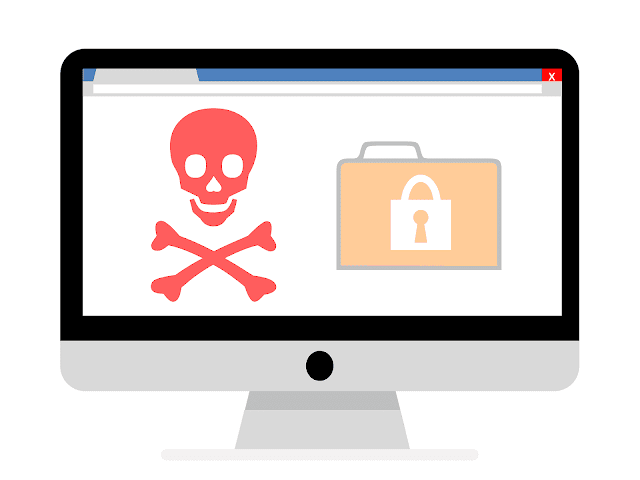Loading ad…
Table of Contents:
I. Introduction II. What is Malware? III. Types of Malware IV. How Does Malware Spread? V. How to Protect Yourself from Malware VI. Conclusion
I. Introduction
In today's digital age, where almost everything is done online, cybercrime has become a major concern for individuals and businesses alike. One of the most common forms of cybercrime is malware, which can cause significant damage to your device and compromise your sensitive information. In this article, we will discuss what malware is, the different types of malware, how it spreads, and most importantly, how to protect yourself from it.II. What is Malware?
Malware is short for malicious software, which is a program designed to harm, exploit, or steal data from your device without your consent. Malware can take many different forms, including viruses, worms, trojans, ransomware, spyware, and adware. Each type of malware has a unique set of characteristics and behaviors that make them dangerous.III. Types of Malware
1. Virus: A computer virus is a type of malware that infects your device by replicating itself and attaching it to other programs on your computer. Once a virus infects your device, it can cause various damages, including deleting files, corrupting data, and stealing personal information.2. Worms: Worms are another type of malware that can self-replicate and spread across networks, infecting multiple devices at once. Worms can cause significant damage to your device and compromise your sensitive information.
3. Trojan: Trojans are a type of malware that masquerades as legitimate software to trick users into downloading and installing it. Once installed, trojans can steal personal information, take control of your device, and cause various damages.
4. Ransomware: Ransomware is a type of malware that encrypts your files and demands a ransom payment in exchange for the decryption key. Ransomware attacks can cause significant financial damage and can be difficult to recover from.
5. Spyware: Spyware is a type of malware that collects sensitive information about your online activities, including passwords, browsing history and credit card details. Spyware can be difficult to detect and can compromise your online privacy.
6. Adware: Adware is a type of malware that displays unwanted ads or pop-ups on your device, often leading to malicious websites or downloading other malware.
IV. How Does Malware Spread?
Malware can spread in various ways, including:1. Phishing emails: Cybercriminals use phishing emails to trick users into clicking on a link or downloading a malicious attachment.
2. Infected software: Cybercriminals may disguise malware as legitimate software, tricking users into downloading and installing it.
3. Drive-by downloads: Malware can be installed on your device without your consent when you visit an infected website.
4. Vulnerabilities: Malware can exploit vulnerabilities in your device's software, allowing it to infect your device.
V. How to Protect Yourself from Malware
Here are some tips to help protect yourself from malware:1. Use reputable antivirus software and keep it updated.
2. Keep your device's software updated to patch vulnerabilities.
3. Be wary of suspicious emails and links.
4. Only download software from reputable sources.
5. Use strong and unique passwords.
6. Back up your data regularly.
VI. Conclusion
Malware is a significant threat to your device and online privacy. By understanding the different types of malware and how it spreads, you can take steps to protect yourself from it. Remember to stay vigilant and use best practices for online safety to avoid falling victim to malware.
Loading ad…
Loading ad…








0 Comments